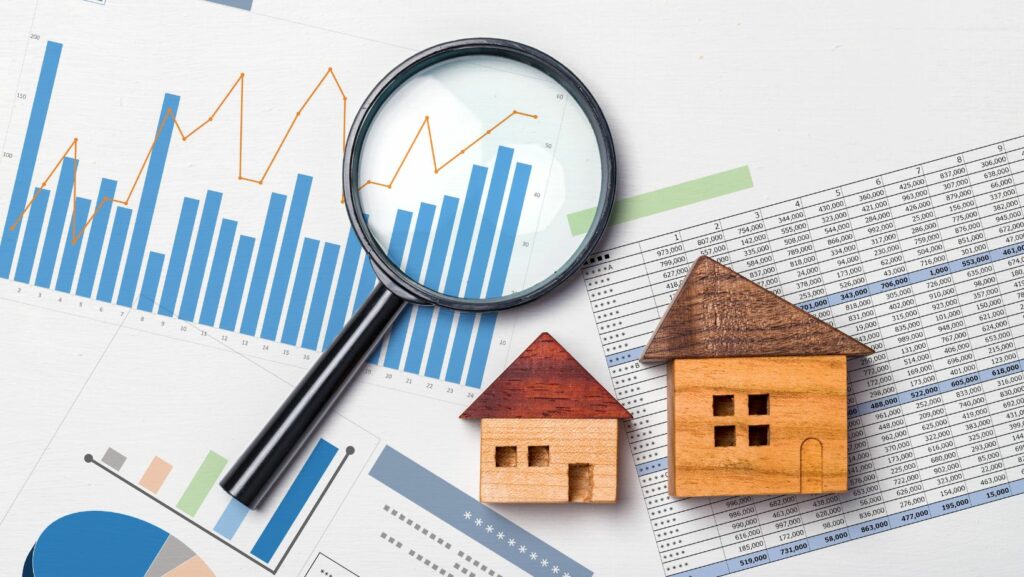
The Importance of Real Estate Market Cycles and How to Take Advantage Of It
Real estate market cycles refer to the ups and downs in property prices and demand that take place over a period of time, usually influenced by different economic, social, or governmental elements. These changes are very important for investors, people who want to buy or sell homes as well as professionals in this industry. If those involved understand the cycles of the real estate market, they can make wise choices and move through it with better skill.
Phases of Real Estate Market Cycles
In the expansion phase, there is growth and more demand in the real estate market. Prices of properties go up because there’s less supply than what people want to buy, making investors hopeful about getting good returns later on. Factors from the economy like low interest rates, jobs increasing and people having trust in their spending all add up to this phase. New construction projects and developments increase as developers respond to high demand.
Peak
The phase called peak is seen as the highest point in the market cycle, showing its most expensive and busy time. During this period, property values reach a maximum level and there might be more speculation which could cause prices to rise even further. At the same time, signs of overheating like quick price increases or behavior based on speculation start becoming clearer. The sellers might wait for better prices, but the buyers could deal with more competition and bidding battles.
Contraction
During the contraction phase, we observe a lessening of activity in the market as demand becomes weaker and supply outstrips it. Prices for property stabilize or show signs of decreasing – this mirrors lessened buyer interest along with a build-up in inventory. Economic elements like increased rates of interest, loss of jobs or economic recessions also play into this downward trend. Construction activity decreases as developers respond to softer demand and tighter lending conditions.
Trough
The lowest point in the market cycle is shown by the trough phase, where property prices are at their cheapest. Demand stays low and market feelings are negative. People who sell may encounter difficulties in selling properties for expected values, resulting in a rise of inventories. Yet, the phase of trough also offers buyers and investors a chance to step into the market when prices are low and conditions are good for them.
Economic Indicators
Factors related to the economy, like GDP growth, job rates, inflation, and interest rates, significantly influence market cycles. When there is low unemployment with good economic conditions, it usually boosts the demand for real estate, which leads to a rise in prices during expansion stages.
On the other hand, times of economic decline can result in less confidence among consumers and a lower ability to make purchases, thus causing market contractions.
Supply and Demand Dynamics
One of the most commonly known lessons taught in real estate investing classes, market cycles are greatly impacted by the interactions of supply and demand. During times when there is a great demand for houses but only a few are available, prices can go up as more buyers compete with each other. On the contrary, if there’s too much supply in a certain area, it may cause price adjustments or even downturns in that market cycle. Changes in age structure, global mobility, and housing choices also have effects on the balance between supply and demand.
Government Policies and Regulations
The ups and downs in real estate market cycles can be influenced by government policies and regulations. These include tax incentives, zoning laws, lending regulations, and so on. For example, policies that promote home buying or economic growth might cause an increase in property values. In contrast, if development is restricted, this could lead to a decrease in supply, which may raise prices too. Changes like alterations to tax policies, adjustments in interest rates by central banks, and initiatives towards making housing more affordable can also affect the course of market cycles.
Strategies for Navigating Real Estate Market Cycles
For people involved in the real estate market, it is very important to understand the different phases of a cycle. They can use many strategies to reduce risks and get the most from opportunities:
Timing the Market
It is hard to perfectly time the market, but investors and homebuyers can keep an eye on economic indicators and market trends so as to know when it’s a good time for buying or selling. Purchasing during market contractions or at the start of the expansion phase may provide chances for long-term appreciation.
Diversification
Diversification of investments in different types of properties, locations and markets can help lessen risks linked with market cycles.
By diversifying, investors are able to balance their exposure to different economic situations and market changes which makes the portfolio more stable.
Long-Term Perspective
Thinking about investment in a long-term way might help to soften the effects of quick market changes. Real estate usually increases in value over the course of time, and people who concentrate on property basics and income creation could find advantages from typical ups and downs in market cycles.
Conclusion
The real estate market is not a simple and straightforward one. It goes through various cycles, each with its own unique characteristics and influences from economic, social, and regulatory factors. Understanding these market cycle phases can help those involved in real estate make more educated decisions and manage their activities with greater certainty. In the same way that other markets have different periods of highs and lows, so does the real estate market. These can be seen in a cyclical pattern where there are times with high demand for properties followed by periods when there’s less interest or need for them. When it comes to supply and demand relationships in the property market, this cycle shows how they change over time.







